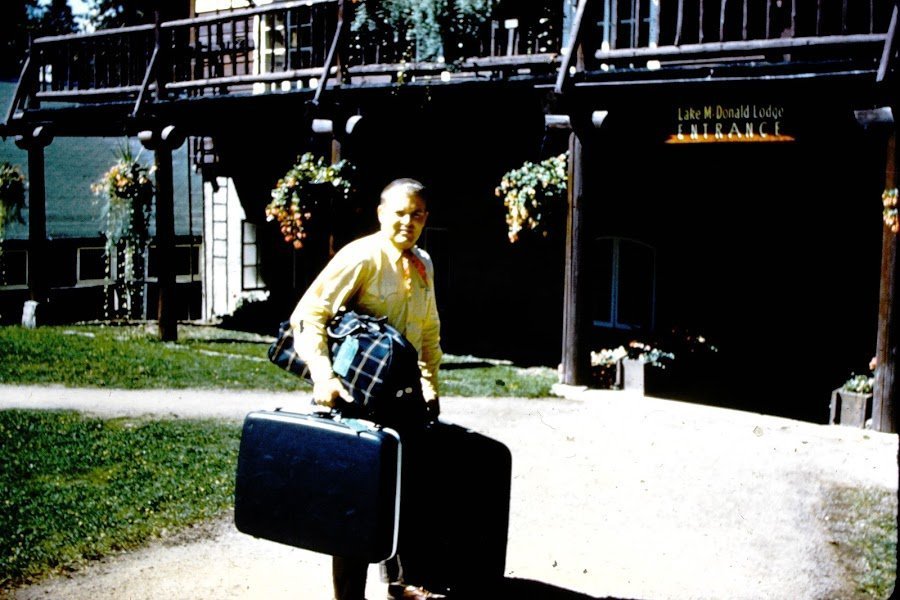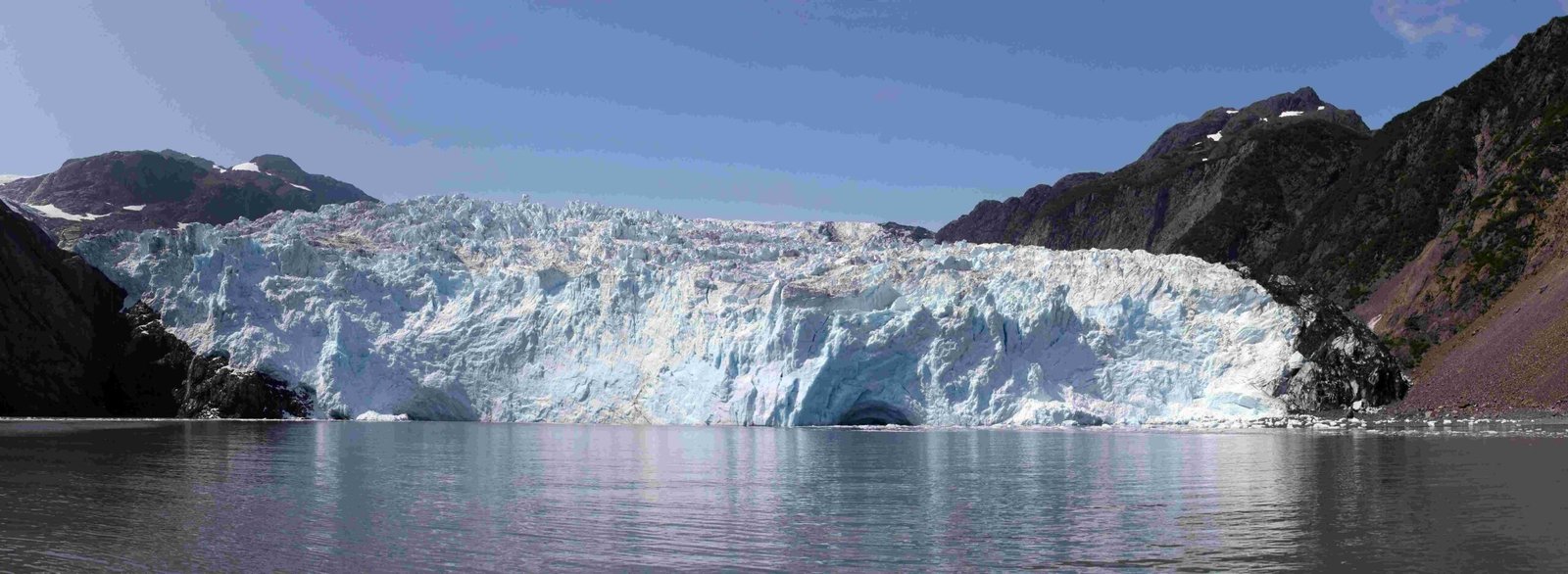Glacier National Park’s black bears are an integral part of the park’s diverse ecosystem. While not primarily associated with rivers, these bears do interact with riparian environments. This article explores black bear sightings near rivers, their behavior in these settings, ecological roles, and the best locations for observing them in Glacier National Park’s river ecosystems. Understanding these aspects enhances visitor experiences and contributes to conservation efforts.
What Are the Statistics on Black Bear Sightings Near River Ecosystems in Glacier National Park?

Black bear sightings in Glacier National Park, particularly near river ecosystems, are less common compared to grizzly bear sightings. While specific statistics for river-related sightings are not available, general patterns provide insights:
- Peak Sighting Seasons:
- Summer (June-August)
- Early Fall (September-October)
-
Coincides with berry season at higher elevations
-
Sighting Frequency:
- Black bears represent 12-19% of total bear sightings in similar ecosystems
-
Less frequently observed than grizzly bears
-
Prime Locations:
- Southern portion of the park
- River valleys and drainages
- Forested areas near riparian zones
It’s important to note that these patterns are general, and actual sightings can vary based on numerous factors including weather, food availability, and human activity.
How Do Black Bears Behave While Fishing in Rivers of Glacier National Park?

Contrary to popular belief, black bears in Glacier National Park do not primarily engage in fishing activities. Their behavior near rivers is more focused on foraging for vegetation and other food sources:
- Diet Composition:
- Primarily vegetation (berries, flowering plants, roots, grasses)
- Occasional small rodents or weakened animals
-
Fish are not a significant part of their diet in this ecosystem
-
Foraging Behavior:
- Opportunistic omnivores
- Move through valleys and riparian areas searching for plant-based food
-
Do not typically fish for sustenance
-
Preferred Foraging Spots:
- Areas with abundant vegetation and berries
- Riparian zones for diverse plant life
- Not focused on fishing spots or techniques
This behavior distinguishes Glacier National Park’s black bears from those in coastal areas where salmon fishing is more common.
What Is the Ecological Role of Black Bears in River Ecosystems of Glacier National Park?
Black bears play crucial ecological roles in Glacier National Park’s river ecosystems, even without directly impacting fish populations:
- Seed Dispersal:
- Spread huckleberry and other plant seeds through droppings
-
Contribute to forest regeneration and diversity
-
Nutrient Cycling:
- Bear droppings act as natural fertilizer
-
Enhance soil quality in riparian areas
-
Ecosystem Connectivity:
- Use drainages and valley bottoms for movement
- Facilitate genetic exchange between bear populations
-
Contribute to overall ecosystem health
-
Vegetation Management:
- Foraging activities influence plant communities
- Help maintain balance in understory vegetation
While quantitative data on their specific impact on river health is limited, their presence and activities are integral to the ecosystem’s balance.
Where Are the Best Locations and Trails for Observing Black Bears in River Settings of Glacier National Park?
For visitors hoping to observe black bears in river settings within Glacier National Park, several locations offer potential sighting opportunities:
- River Valleys and Drainages:
- Middle Fork Flathead River
-
Other major river valleys within the park
-
Recommended Trails:
- Trails following river courses in Swan Valley
-
Paths near the Flathead River
-
Best Observation Times:
- Summer months (June-August)
- Early fall (September-October)
- Dawn and dusk for increased activity
| Location | Best Time | Notes |
|---|---|---|
| Middle Fork Flathead River | Summer-Early Fall | Follow park guidelines |
| Swan Valley Trails | June-September | Stay alert, maintain distance |
| Flathead River Area | July-October | Bring binoculars for safe viewing |
Important Considerations:
– Park entrance fee required for access
– No specific permits needed for general hiking and wildlife observation
– Adhere strictly to park regulations and bear safety guidelines
– Maintain a safe distance from all wildlife
How Can Visitors Safely Observe Black Bears Near Rivers in Glacier National Park?
Safety is paramount when observing black bears in their natural habitat:
- Maintain Distance:
- Stay at least 100 yards away from bears
-
Use binoculars or spotting scopes for closer views
-
Bear Spray:
- Carry EPA-approved bear spray
-
Know how to use it properly
-
Make Noise:
- Talk loudly or sing while hiking
-
Use bear bells to alert bears of your presence
-
Travel in Groups:
- Hike with at least one other person
-
Groups of 4 or more are ideal
-
Be Aware:
- Watch for bear signs (tracks, scat, diggings)
-
Avoid areas with obvious bear activity
-
Food Storage:
- Use bear-resistant food containers
-
Never leave food unattended
-
Time Your Visits:
- Avoid dawn, dusk, and night when bears are most active
- Be extra cautious during berry season (July-September)
By following these guidelines, visitors can safely enjoy observing black bears in Glacier National Park’s river ecosystems while minimizing risks to both humans and wildlife.
What Are the Conservation Efforts for Black Bears in Glacier National Park’s River Ecosystems?
Conservation efforts for black bears in Glacier National Park focus on preserving their habitat and minimizing human-bear conflicts:
- Habitat Protection:
- Preserving riparian zones and forested areas
-
Maintaining natural food sources like berry patches
-
Education Programs:
- Visitor education on bear safety and conservation
-
Ranger-led programs on bear ecology
-
Research Initiatives:
- Monitoring bear populations and movements
-
Studying impacts of climate change on bear habitats
-
Human-Bear Conflict Mitigation:
- Implementing strict food storage regulations
-
Managing trash to prevent bear attraction
-
Corridor Preservation:
- Protecting movement corridors along rivers and valleys
- Ensuring connectivity between habitats
These efforts aim to ensure the long-term survival of black bears in Glacier National Park while allowing for safe human enjoyment of the park’s natural wonders.
Reference:
1. Bears – Glacier National Park (U.S. National Park Service)
2. What You Need to Know – Bears in Glacier National Park
3. Evaluating density-weighted connectivity of black bears (Ursus americanus) in Glacier National Park